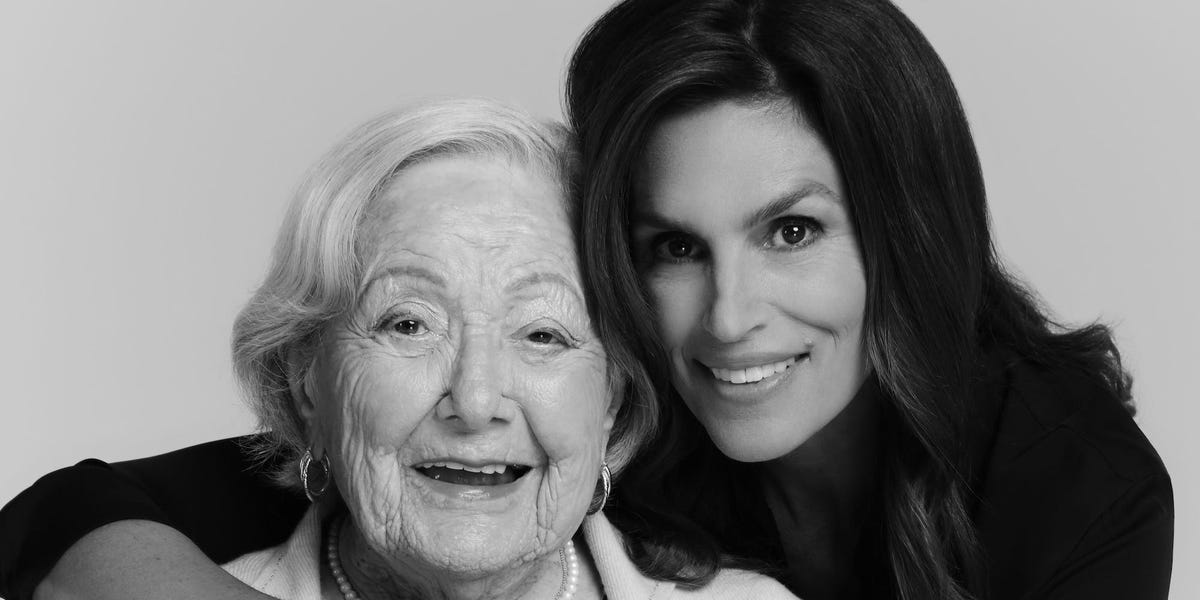Faces of Resilience: Celebrities Stand Alongside Holocaust Survivors in Powerful Photo Series

In a powerful and deeply moving photographic project, fashion photographer Bryce Thompson has created an extraordinary portrait series that bridges generations and preserves living history. By capturing intimate photographs of Holocaust survivors alongside contemporary celebrities and influential business leaders, Thompson has crafted a poignant visual narrative that honors the resilience and survival of those who endured one of humanity's darkest chapters.
The unique portrait series goes beyond traditional documentary photography, creating meaningful connections between Holocaust survivors and modern-day public figures. Each carefully composed image tells a story of survival, strength, and intergenerational understanding. Thompson's lens captures not just faces, but the profound emotional depth of human experiences, allowing viewers to witness a powerful dialogue between past and present.
By pairing survivors with prominent personalities from various fields, the photographer creates a compelling visual testament to remembrance, hope, and the enduring human spirit. These portraits serve as a critical reminder of historical atrocities while simultaneously celebrating the triumph of human resilience and the importance of preserving collective memory.
